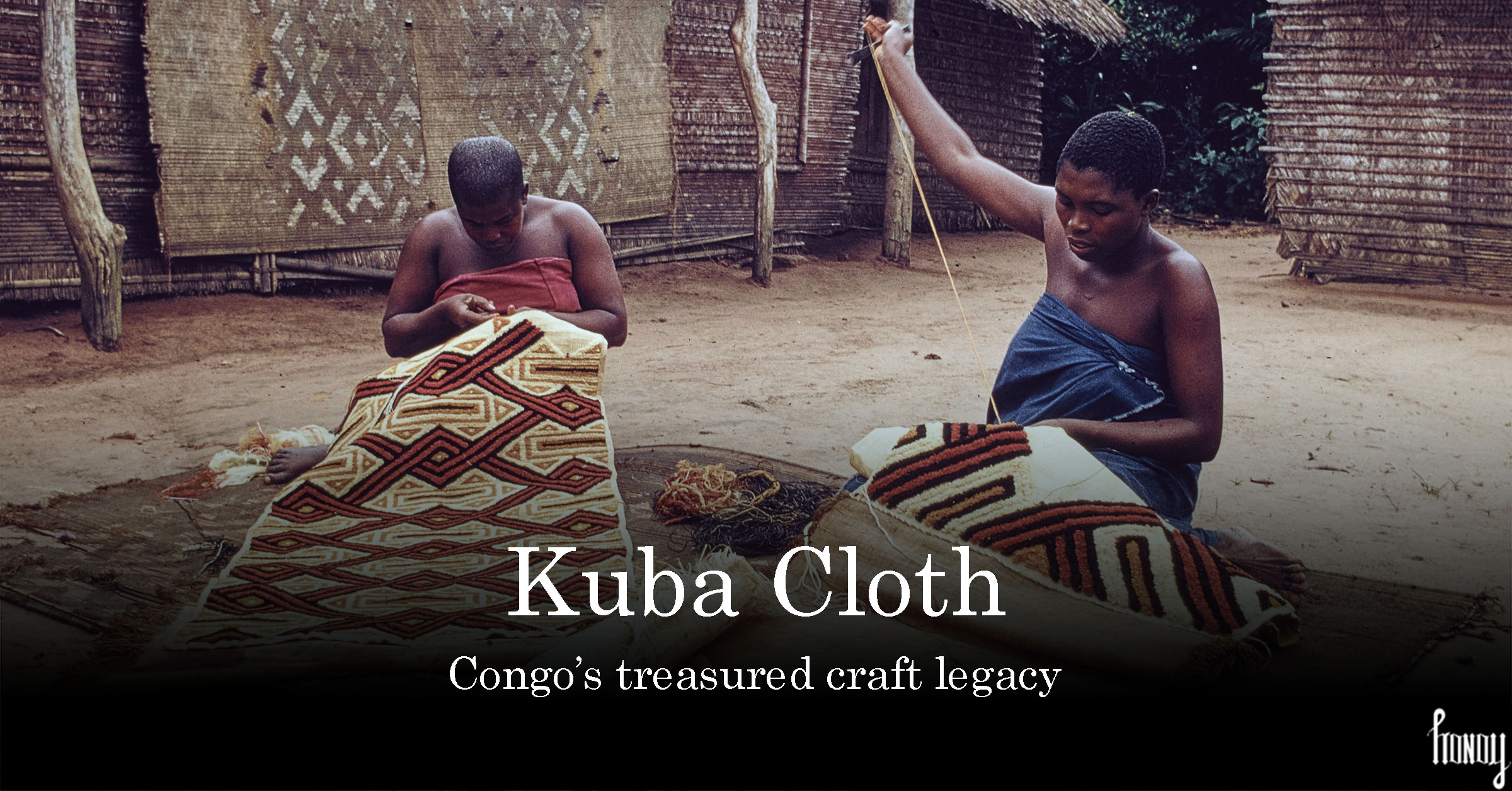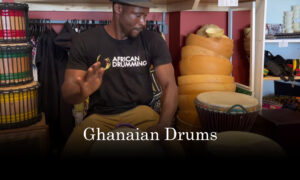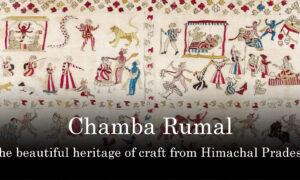Introduction to Kuba Cloth
Kuba cloth is an elaborate piece of textile which has its origins in the Democratic Republic of Congo, formerly known as Zaire. It is the shining beacon of African cultural refinement that has stood the test of time. It is a type of Raffia cloth, and the raffia is mostly cultivated by the men. Traditionally it is men who weave this cloth and are responsible for transforming these into exquisite textiles which are used in their day-to-day life and special occasions. The intricate designs that are on the Kuba cloth holds a deep cultural significance and the embroidery is admired in the art world. Thats why it is regarded as one of the most significant forms of African textile crafts.
Historical Evolution
The historical roots of the Kuba cloth can be traced back to the 17th and 19th centuries, when the Kuba kingdom was flourishing. It was during this time that weaving artisans of Kuba developed a unique method of weaving using the raffia palm fibres. These woven pieces of cloth developed a unique lexicon of complex geometric designs and surface ornamentation. In the process of developing the artform, they have developed all possible geometric forms and their repetitions, and they have developed a unique format where lines are interrupted where they are expected not to.
Cultural Significance
The Kuba cloth has a special place in the hearts of the Kuba tribes. They are culturally precious to them as they are kept specially for ceremonial purposes. Like women of Kuba wear specially woven overskirts during the burial ceremony. There is a special category of these cloths called the Bambala, which are embroidered and are presented to women pregnant with the king’s heirs. The Kuba have great imagination which inspires the designs, and because they believe in the supernatural and powers of mother nature, they use rectilinear lines to present these beliefs.
Process
As mentioned earlier, the men of Kuba tribe are the primary cultivator and weaver of the raffia cloth. The fabric is woven on an inclined, single-heddle loom. This is the foundation cloth which is supplied to the woman of the tribe for further embroidery and surface ornamentation. As a strict ritual only the males of the tribe are allowed to even watch the weaving of the Kuba cloth.
The cloth when taken off the loom is coarse, which is then pounded in mortar to soften before it is rendered to surface embellishments. The fabric is also dyed before embroidery. Twool, a rare mineral is used to dye these woven pieces of textiles. It is believed by the Kuba that Twool holds magical powers and has protective aura and thus when used.
Collaborations with Artists and Designers
With modern times, there is a constant struggle to keep the traditions of Kuba alive and thriving. But this has been made possible with the help and collaborative efforts with artists and designers from across the world. Duro Olowu, a Nigerian-British fashion designer, who is known for his innovative combinations of patterns and textile draws his inspiration from the Kuba textiles. Another such exciting exchange has been with Vivienne Westwood who has brought international attention to this unique craft by incorporating it in her collections. Thus, the legacy of Kuba cloth keeps on growing stronger with these artists and designers supporting it.
Conclusion
As we have seen that Kuba cloth is not just a piece of fabric but a part of the Kuba tribe’s living culture. It is an enduring form of textile artistry that has a admirer’s all over the world. Let us learn from the above information that what it takes to create an art like this and what effort it takes to preserve it. And as we celebrate and recognize the importance of safeguarding this timeless craft, let us also make sure that we make efforts to spread this craft as well. This blog is but a small ode to this beautiful craft. Let me know what you think.




























